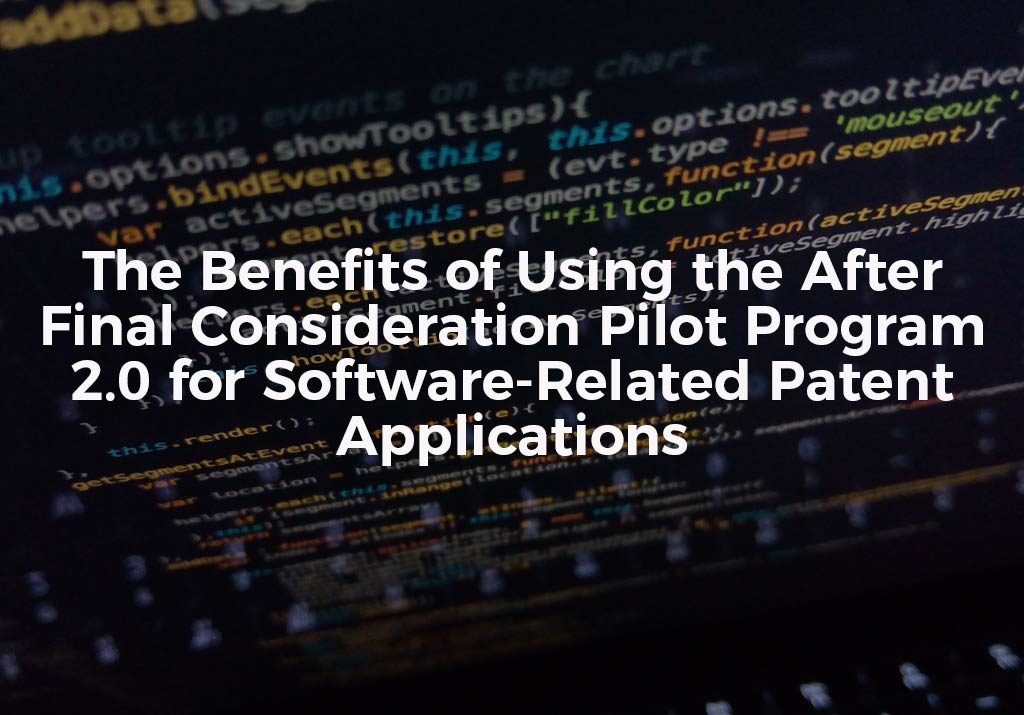Developing an innovative new software or mobile application can take a lot of time, money and resources. First, the idea for the software, and what it will do, has to be brainstormed. Next, the developer has to work tirelessly coding, debugging and testing the software to make sure that it works properly. But before the software can be sold on the market, or offered up for licensing, its inventor needs to secure intellectual property rights for all their hard work and effort that went into developing the software.
Filing For Patent Protection For Software-Related Inventions
Software can be eligible for patent protection. To seek patent protection, an inventor must apply for a patent with the United States Patent and Trademark Office (USPTO). Applying for a patent can be a lengthy process:
- First, the patent application must be prepared. An experienced patent attorney with knowledge about software and mobile application technology can be useful during the patent application preparation phase, especially when it comes to drafting broad and definite claims directed to the heart of the invention.
- Next, the patent application must be submitted for examination by a patent examiner at the USPTO. The examiner will review the application and will perform a search of the relevant prior art (e.g., literature, patents and publications) for anything like, or similar to, the claimed invention. If the examiner finds relevant art, the examiner will make a rejection the patent application in writing in a Non-Final Office Action.
- Then the applicant and the attorney have an opportunity to respond to the examiner’s rejection. The claims can be amended to change the scope of the invention and/or arguments as to why the cited art is not relevant can be made in the response.
- Next, the examiner will review the response. The examiner may not be convinced by the arguments, or may make a second rejection of the claims. This is called a Final Office Action. It means that the round of prosecution of the application is over.
Is there anything that the inventor can do at this point in patent prosecution? Depending on how the first round of prosecution went, a patent application might be a good candidate for the After Final Consideration Pilot Program 2.0, or AFCP 2.0.
What Is The AFCP 2.0?
After the prosecution period ends, an applicant has the option of making one more attempt to have the application reviewed under the AFCP 2.0 program before being forced to choose between reopening prosecution (which is expensive), appealing to the Patent Trial and Appeal Board, or letting the application go abandoned. Filing the AFCP 2.0 Program request form is free, and is usually a smart move because the AFCP 2.0 Program allows the examiner a little more time to reconsider the application and time to conduct an interview with the applicant and/or the applicant’s attorney.
Through the interview portion of the AFCP 2.0 Program, the applicant and/or the applicant’s attorney and the examiner have an additional chance to talk about the claims, cited prior art, and any arguments that might exist. The extra time that is afforded under the AFCP 2.0 Program, in conjunction with the collaborative efforts of the examiner and the applicant and/or the applicant’s attorney, sometimes is enough to get the software-related patent application placed into condition for allowance.
Contact The Rapacke Law Group if you would like help filing a patent application for a software-related invention. We can help you identify the best strategy for getting the IP protections you need for your innovative new software or mobile app.




